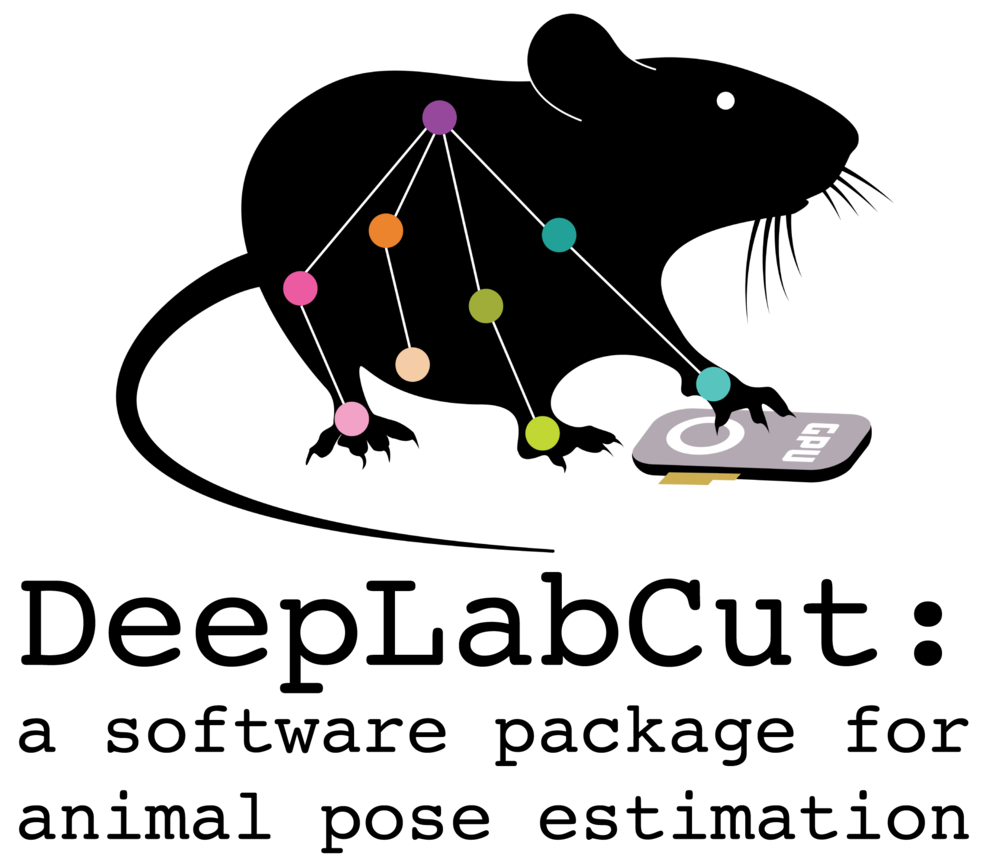How to convert a pre-2.2 project for use with DeepLabCut 2.2 or later#

If you have a pre-2.2 project (labeled-data) with a single animal that you want to use with a multianimal project
in DLC 2.2 or later, i.e. use your older data to now train the new multi-task deep neural network, here is what you
need to do.
(1) We recommend you make a back-up of your project folder.
(2) Open your config.yaml file (in any text editor, or python IDE such as PyCharm, Spyder, VScode, atom, etc).

After
task, scorer, date, project_pathplease add the following (i.e. in the image above, you would start adding below line 6) Note, the ordering isn’t important but useful to keep consistent with the template:
multianimalproject: true
individuals:
uniquebodyparts: []
multianimalbodyparts:
identity: false/true
Now, please name the animal you have a new name under individuals, i.e.:
individuals:
- mouse1
"uniquebodyparts: []can stay blank, unless you have other items labeled you want to estimate (consider these as similar to bodyparts in pre-2.2); i.e. corners of a box, etc. All unique bodyparts should not be connected to the multianimal bodyparts in the skeleton you will eventually make. See “advanced option” below.Please move your “bodyparts:” to “multianimalbodyparts:” (bodypart names must stay the same!) These are the parts that will always be interconnected fully!
multianimalbodyparts:
- snout
- leftear
- rightear
- tailbase
then you can set bodyparts: MULTI!
(3) Save the config.yaml (be sure to double check for spacing or typos first!) and then run:
deeplabcut.convert2_maDLC(path_config_file, userfeedback=True)
Now you will see that your data within labeled-data are converted to a new format, and the single animal format was
saved for you under a new file named CollectedData_ ...singleanimal.h5 and .csv as a back-up!
(4) We strongly recommend to first run check_labels and verify that the conversion was as expected before creating a
multianimal training dataset. For instance, you can load this project config.yaml in the Project Manager GUI and
check labels then create a multi-animal training set with
deeplabcut.create_multianimaltraining_dataset(path_config_file)
to begin training.
Advanced option: You can also assign former bodyparts to either uniquebodyparts or multianimalbodyparts
(you can even leave some unassigned, which means they will be dropped in the conversion).
Example: Imagine you had a project with the moon and a rocket with two parts labeled:
bodyparts: [moon, rocket_tip,rocket_bottom]
Now you want to use this former project (labeled-data) and work on a new dataset (videos) with one moon but multiple (3) rockets. Then convert it as follows:
individuals: [rocket1, rocket2, rocket3]
uniquebodyparts: [moon]
multianimalbodyparts: [rocket_tip,rocket_bottom]
skeleton: [[[rocket_tip,rocket_bottom]]]
In the unusual case, that your data also has multiple moons (e.g. is now carried out around Jupiter), but one rocket:
individuals: [Io, Europa, Ganymede, Callisto]
uniquebodyparts: [rocket_tip,rocket_bottom]
multianimalbodyparts: [moon]
Note you can use the single object tracker for this situation. What if you have multiple moons and rockets?
